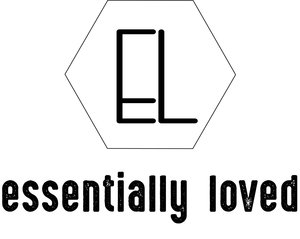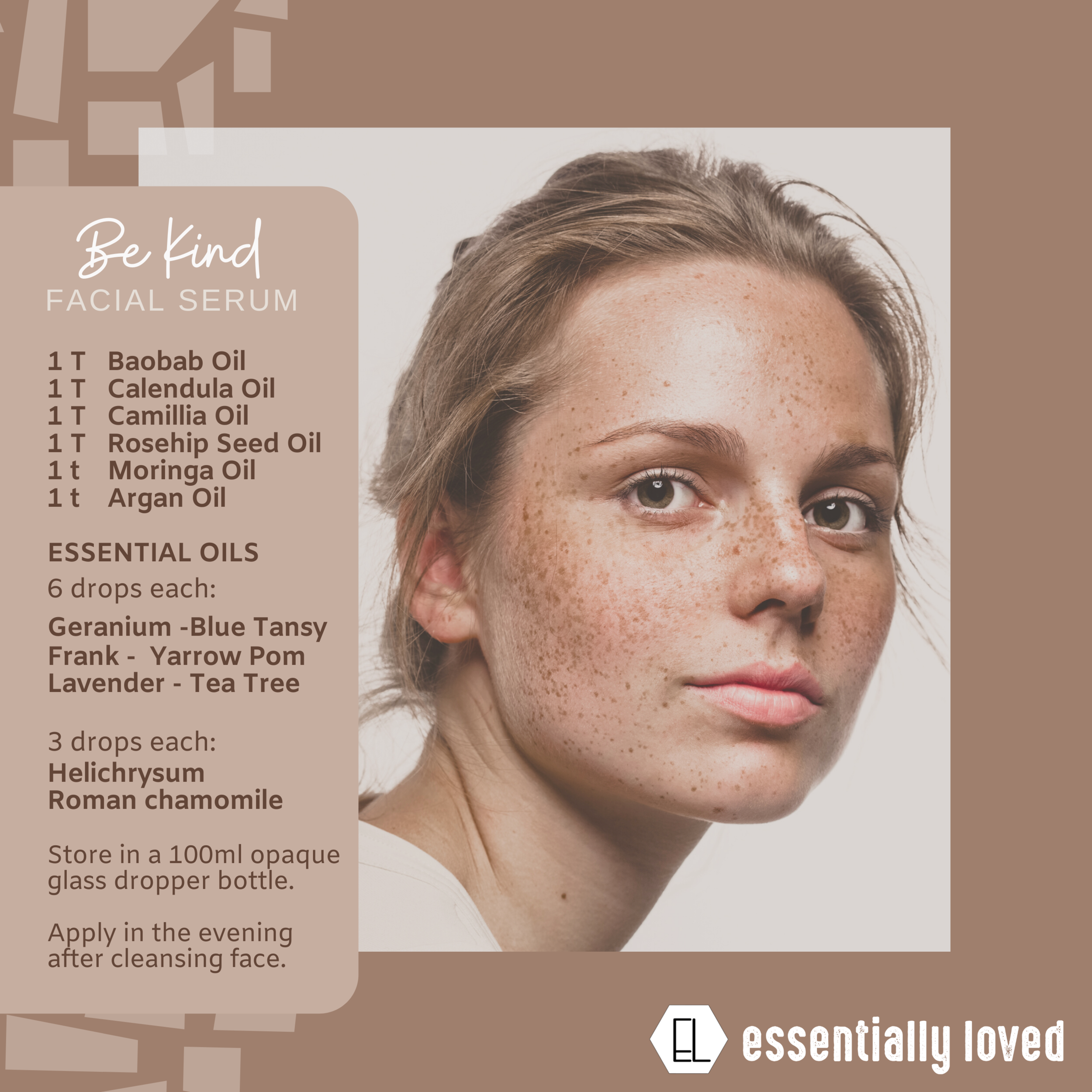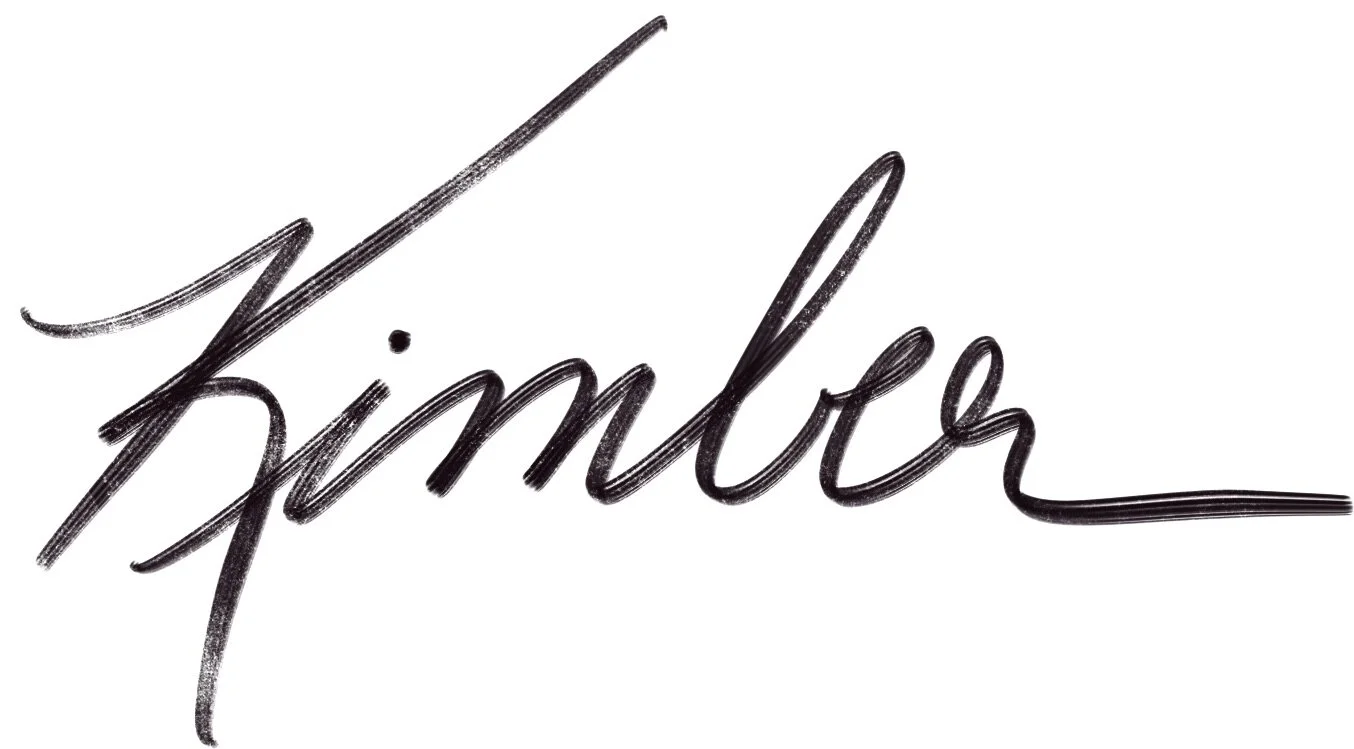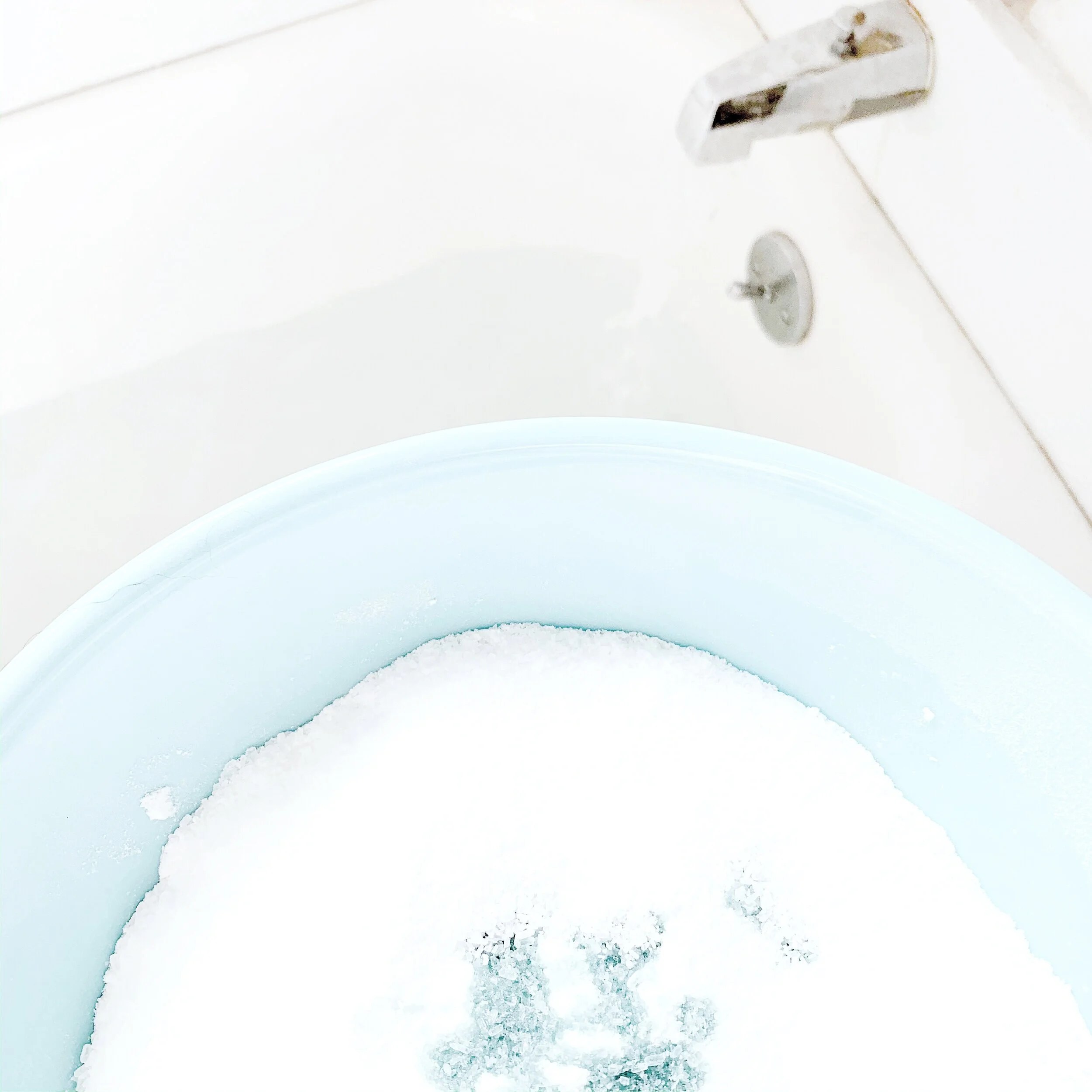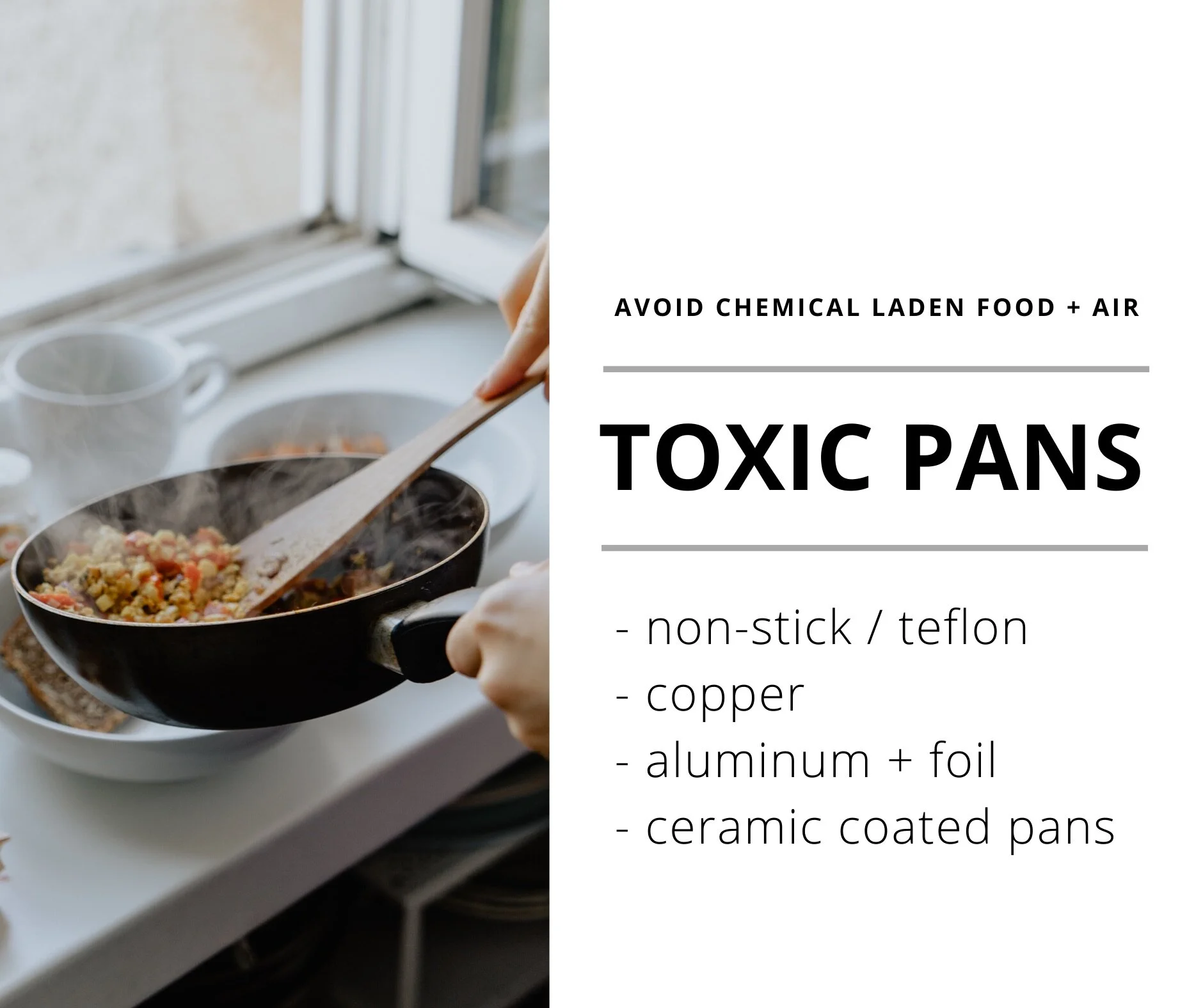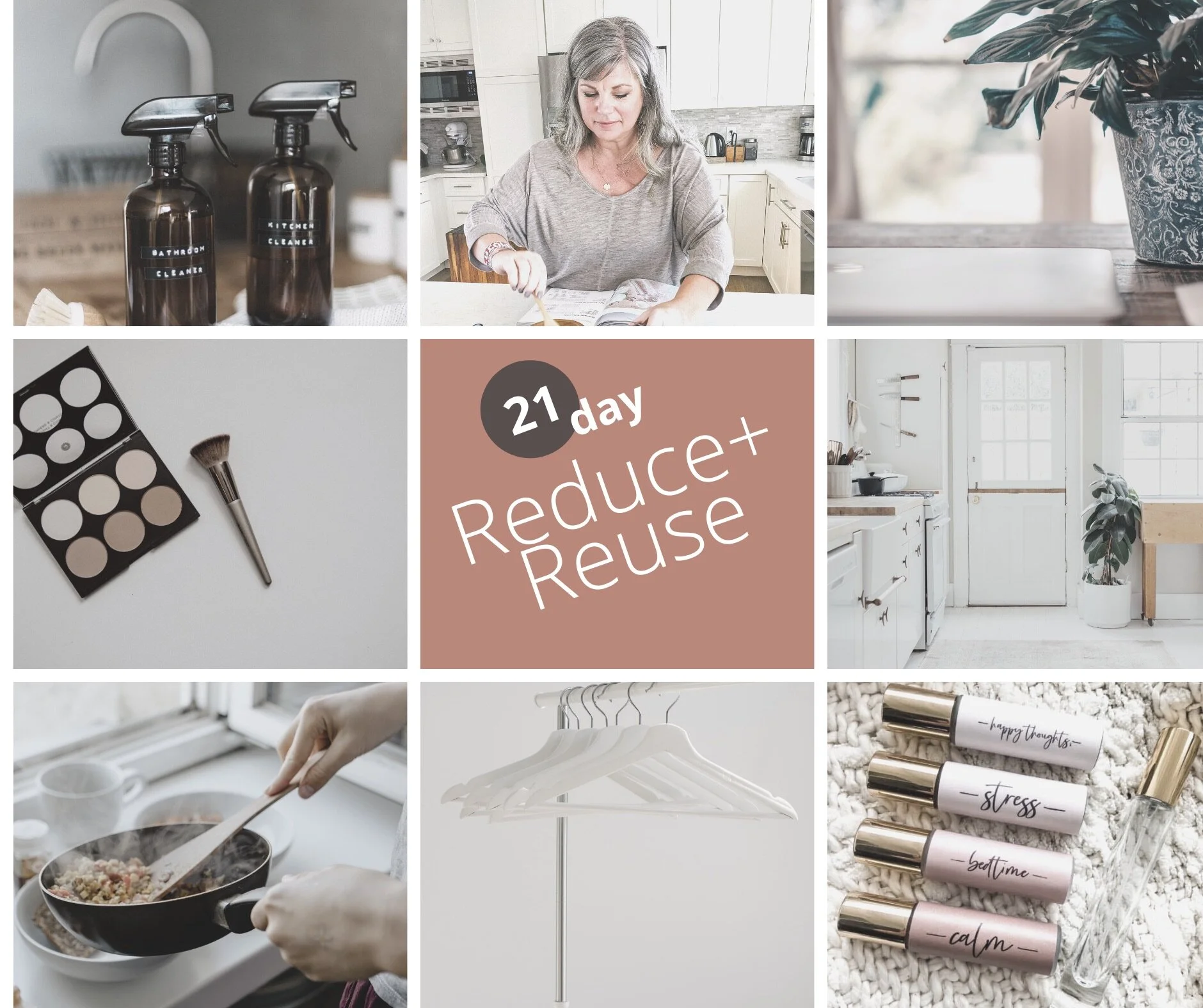In this post we are going to cover the life-giving benefits of choosing some pretty power-house, nutrient-rich, FABULOUS, non-comedogenic (pore-clogging) plant-based oils in your make-it-yourself-and-save-a-TON-of-money Be Kind Facial Serum. It’s easy, it’s fun, it’s good for you, it saves you moolah, it makes you SHiNE… why not?
Stocking up on some of these oils may cost you a bit, but we are going to show you how to put them to work in many ways. Today… we start with our beautiful faces.
I introduce you to this gem. . .
Be Kind Facial Serum
1T Baobab Oil
1 T Calendula Oil
1 T Camillia Oil
1 t. Moringa Oil
1 t. Argan Oil
Essential Oils
6 drops each:
Geranium - Blue Tansy - Lavender - Tea Tree
Yarrow Pom - Frankincense - Neroli3 drops each:
Helichrysum - Roman Chamomile
Mix. Store in a 100ml (or 3 oz) opaque glass dropper bottle. Apply just-enough on your freshly cleansed face ( these soak in deep so make sure you cleansed your face thoroughly. )
That’s the basic recipe - of course, you can modify to make it work best for you as needed. Below we have a list explaining some of the benefits of the plant-based oils we chose. Oh, trust us… there are reasons + they are really great reasons. Keep reading to find out our why.
(We realize we haven’t covered the why behind the essential oils chosen here, but you can click this to learn up on a couple of them. )
Moringa Oil: the Wonder-worker
Moringa oil is one of those oils that covers a lot of ground… or skin. It has moisturizing and emollient properties, which help the skin hydrate and actually retain the moisture. Moringa also has the ability to purify, making it a wonder-worker at dealing with allergenic issues. The behenic acid in this oil helps protect the skin from damage. This oil can reduce fine lines, wrinkles, improve overall appearance, combat breakouts + SO MUCH MORE.
To top it off adding a little of this wonder oil can help to prolong the shelf life of your homemade beauty products. Muah… we LOVE you Moringa!
Baobab Oil: the Hydrator
Baobab oil is a natural moisturizer and an emollient. It is packed with moisture, making it a must-have for dry skin. It works to restore hydration and then it strengthens the skin barrier to keep moisture levels adequate.
Baobab oil is also skin microbiome friendly. Well, what exactly does that mean? The term ‘skin microbiome’ refers to the community of bacteria that live in the layers of your skin and keep it healthy. This is a GOOD THING - just like your gut, keeping that healthy balance is important.
Baobab Oil is not limited to these benefits, as it has many more that are also contained in the remaining oils we will cover.
Fun fact: This oil comes from the seed of the Baobab tree found in Africa. the tallest recorded tree was about 98 feet tall and had a trunk diameter of 36 feet. The trunks become so massive partly because they can HOLD WATER! As much as 1000 gallons of water have been tapped from one trunk. #hydrator
Camellia Seed Oil: the Deliverer
Camellia oil is a very lightweight, dry oil, that has a very similar makeup to our sebum, which is your skin’s natural oil. That means that when applied, the molecules are small enough to be absorbed into the skin immediately instead of sitting on top of the dermis, which helps to lock in moisture, which of course keeps your skin smooth and hydrated throughout the live-long day. Can I get an AMEN?
Not only that, it’s packed full of skin-perfecting nutrients which help preserve the youthful glow of your skin and combat those dreaded wrinkles. This oil delivers!
Fun fact: Historically, this is the oil the Japanese Geisha’s used to keep their skin smooth + gorgeous.
Calendula Oil: the Comforter
Calendula Oil is a great option for your skin. It has so many calming, healing, and anti-inflammatory qualities. It can calm sensitive skin, relieve redness + soothe the skin after acne breakouts.
Where does it come from? it is extracted from those cheerful + happy Pot Marigold flowers. Its mild properties relieve many types of skin conditions and also support your skin’s healing process.
Rosehip Oil: the Tamer
This oil may be best known for its ability to tame inflammation.
One study found that rosehip’s high levels of antioxidants are what make it a superstar in regards to dealing with oxidative stress + inflammation.
Rosehip’s fatty acids (linoleic and linolenic) make it an excellent option for dry skin.
Those same fatty acids are what have shown to bring relief with rosacea, psoriasis, or eczema, (see study)
Rosehip is also rich in Vitamin A + C + E which: Exfoliates - Boosts Collagen - Regenerates cells - Helps with Skin Damage.
So, what is Rosehip Oil?
It comes from the rose bush and is harvested from the fruit. You know those little bulbs that form after the petals fall? That little beauty is the power-packed rosehip.
This fruit is beautifully rich in vitamin C + Provitamin A (not your common retinol vitamin A), vitamin D, vitamin E, flavonoids, carotenoids, beta-sitosterol, and a plethora of other beneficial vitamins and minerals.
Argan Oil: the Doer
Derived from the kernels of the argan tree, it’s packed with a slew of antioxidants, vitamins, and essential fatty acids that do absolute wonders for skin. It offers deep hydration + antioxidant protection without clogging pores.
Beautiful, right? Who wouldn’t want to go smother their faces with all of this gold now?
Stay posted. Up next is our AMAZING power-packed restorative serum. You won’t want to miss it…
Be well,
